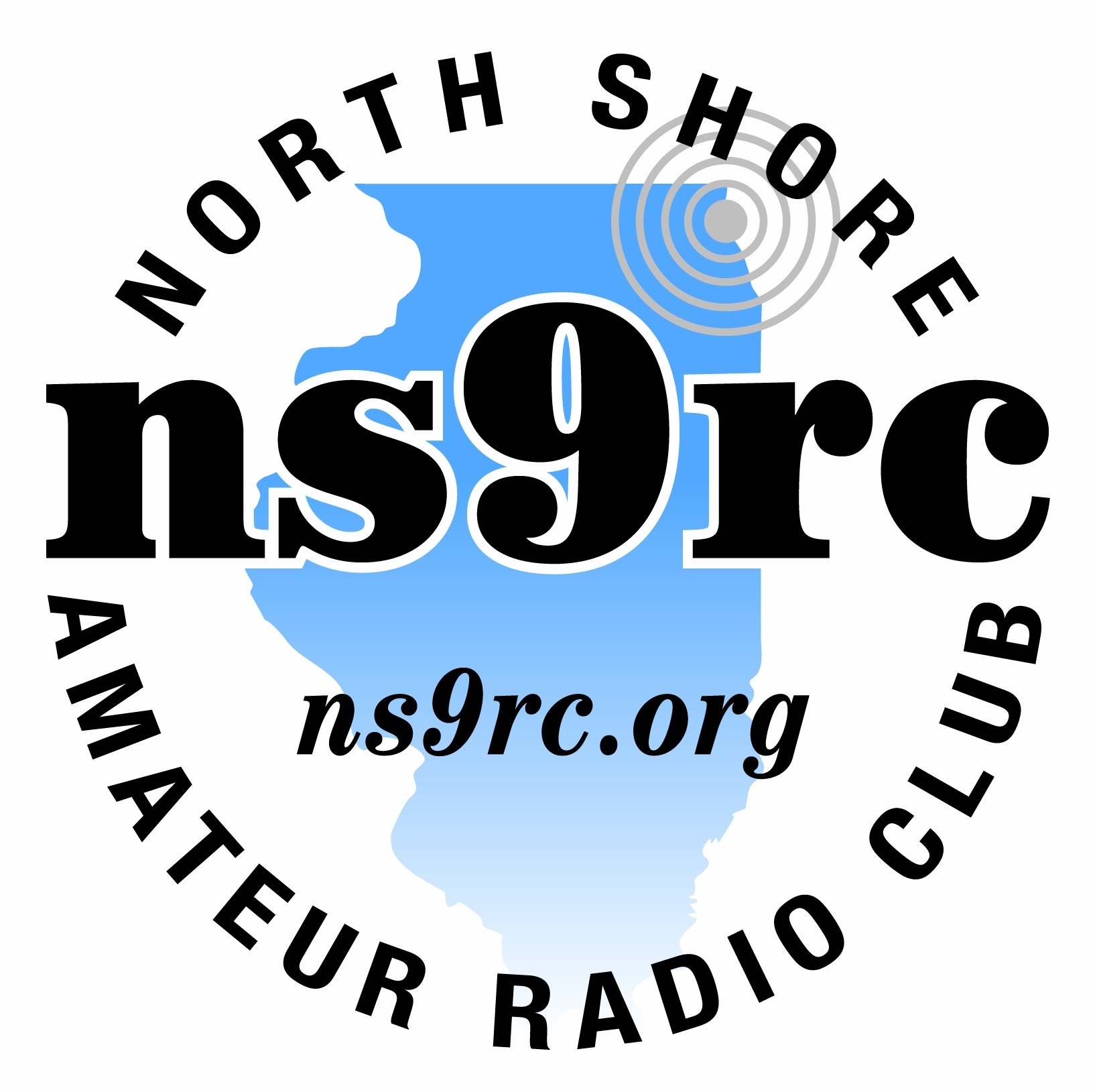A busy weekend for ham radio
This was a busy weekend for ham radio, for me anyway. Saturday I stopped by the W9DXCC convention at the Holiday Inn in Elk Grove Village. This is always a well-attended event with lots of fun and learning. This year was no different. It is always amazing to hear the elaborate adventures some of these folks have done to light up a rare island or work a rare country. This event has always inspired me to go on a DXpedition. Basically, it’s Field Day with a boat or helicopter in the middle! This group also seems to attract the more extreme adventurers in our hobby – they had one ham who was building an amateur radio contest station from the ground up, starting with the purchase of 20 acres of degraded farm land and then building 14 sixty-five foot towers to support all manner of antennas. The best I could ever hope for might be to spend a weekend at this station too work some contest, but upon reflection, it strikes me as an interesting model for future hams. With more and antenna restrictions, it might be the best way for us to get a really decent signal out. Perhaps hams in the future can buy timeshares on just such a remote antenna farm and connect to it with the various IP services out there to bring your home station to the remote site. Well, like much of the W9DXCC, thought provoking. I had to leave this event in order to prepare for another aspect of the hobby: a public service event.
On Sunday, 24 ham radio operators from the NSRC and Lake County RACES joined forces to assist bicyclists who rode the Evanston Bicycle Club’s North Shore Century. The hams provided radio communication and APRS coverage for the SAG (Support and Gear) cars. While the story is partly about the heroics of serving – many of the hams were dispatched to some far off parks and provided support to the rest area teams out there - the real story was the way that a group of ham radio operators were able to use their resources and skills to provide some top quality, professional support to the event. Cyclists called in from routes as far away as Racine, seeking support from the club. Broken tires or broken people (we had 4 emergency calls), we handled them all. We dispatched cars to the callers and by using APRS, we were able to see which of our cars was closest to the incident. Actually, the technology worked very well. Certainly, the more events we do like this, the better our skills become. Having spent half of the day in the net control tent, I can’t stress enough the need for clear, concise communications at public service events. It is interesting to see the different traffic handling styles. You have the reporters, who tell you much more than you need to know and you have the speed clippers, who only answer the questions you ask. For this fairly informal event both styles were fine, but from the net control perspective, you would be amazed how tiring it gets to hear complicated reports, especially when you are juggling phone calls, other radio calls and handling orders. Not unlike working DX, I learned that timing is as important as broadcasting. You need to get the attention of the person you are speaking with before communication can occur. Hats off to the entire team for doing such fine work.
Rob
K9RST
